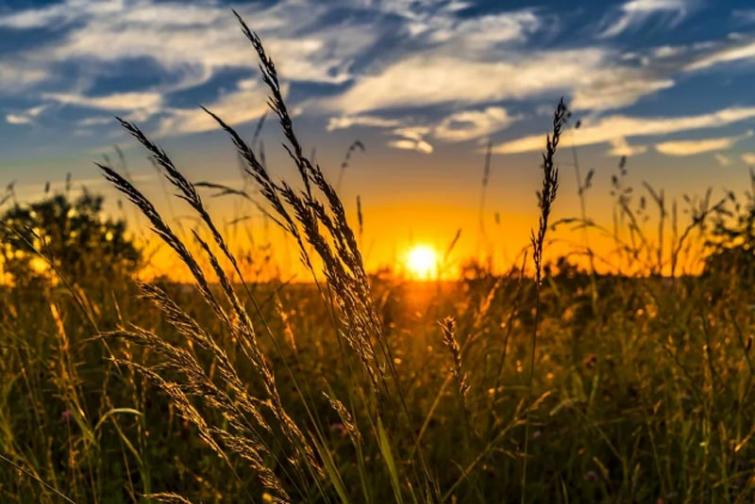
Hyderabad/UNI: Planet Earth will be at closest point to Sun in its annual elliptical orbit around Sun at 0.9832436 AU i.e., 14,70,91,149 km from Sun at 1307 hours on Sunday.
Planetary Society, India , Director and Founder Secretary N Sri Raghunandan Kumar told UNI here on Saturday that this phenomena is known as Perihelion.
On July 4, 2020, Earth will be at Aphelion at 1.0166943 AU (15,20,95,302 km) from Sun i.e. it will be at farthest point from Sun.
In other words, Earth tomorrow will be 50,04,153 km closer to earth compared to July 4, 2020, he added.
Though people cannot observe this event it is of greatest importance with educational potential for students and public to understand to remove general misconception relating to weather, Mr Kumar said.
It is commonly believed that Distance of Earth to Sun decides the season or temperature on earth. However, it is not true. Actually axial tilt (approx. 23.5 Degree) of Earth on its axis while revolving around Sun regulates seasons on planet Earth with one of the Hemisphere facing away or towards Sun.
It may be noted that when Earth is closest to Sun at beginning of year 2020 its cold in winter in India & most of countries in Northern Hemisphere. It is then summer in Southern Hemisphere countries.
Also in July when Earth is at farthest point from Sun it’s mostly hot in India compared to what it is January. This clearly shows Distance of Earth to Sun doesn’t decide the Season but its tilt, the PSI Director said.
Quadrantids Meteor Shower:
From December 28, 2018 to January 12, 2020 Annual Quadrantids Meteor Shower is visible in morning skies. This shower (ulka patham in Telugu/उʋा ̆ान) known as Quadrandtids Meteor Shower will be at peak on January Sky Enthusiasts can use this opportunity to find first Meteor Showers of the Year among dozen others in coming months.
Where to look/time:
Early morning hours of January 4th, 5th & 6th away from city light from 3.00.a.m. onwards when moon already set in the west. If one looks at the area between East and North East direction one can see few bright streaks of light zipping across the sky every hour.
Telescope or any kind special measure are needed to observe. As per International Meteor Organisation, ZHR for this annual shower is 120 Meteors per hour, Kumar said.
Support Our Journalism
We cannot do without you.. your contribution supports unbiased journalism
IBNS is not driven by any ism- not wokeism, not racism, not skewed secularism, not hyper right-wing or left liberal ideals, nor by any hardline religious beliefs or hyper nationalism. We want to serve you good old objective news, as they are. We do not judge or preach. We let people decide for themselves. We only try to present factual and well-sourced news.







